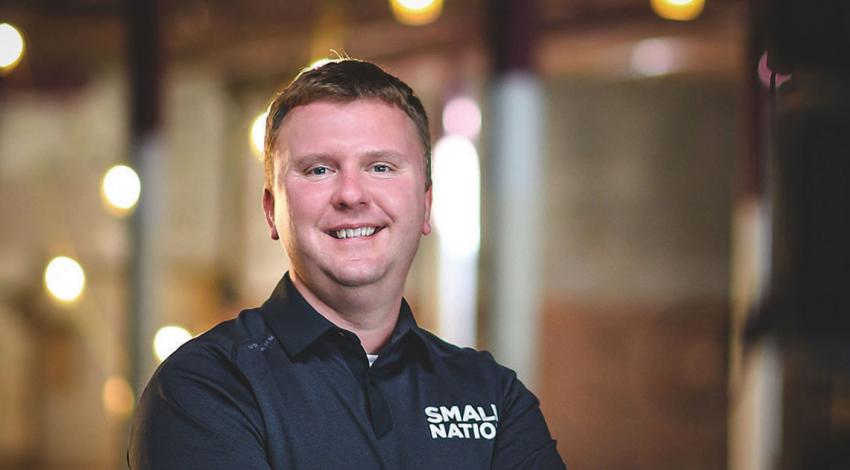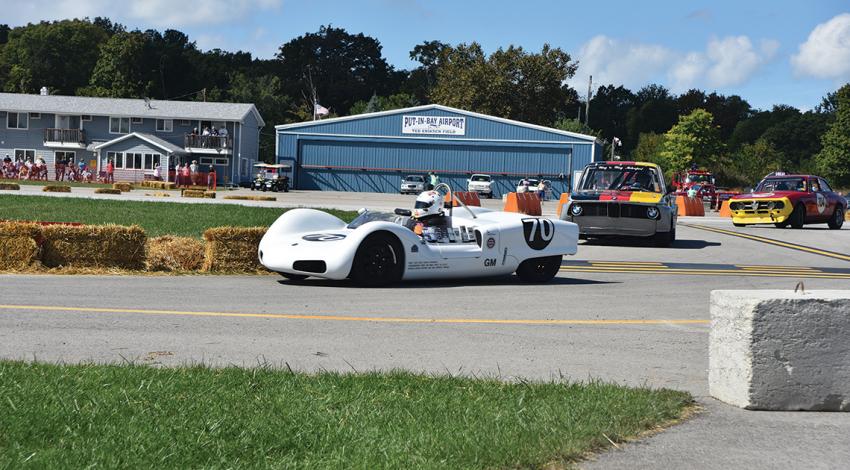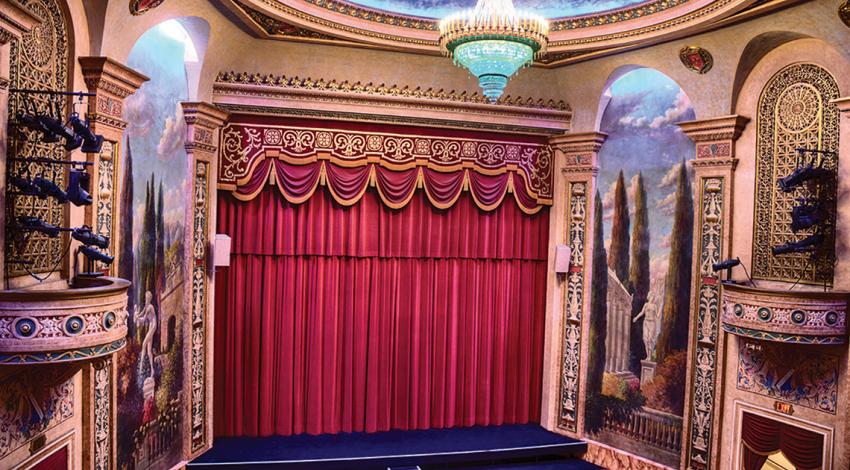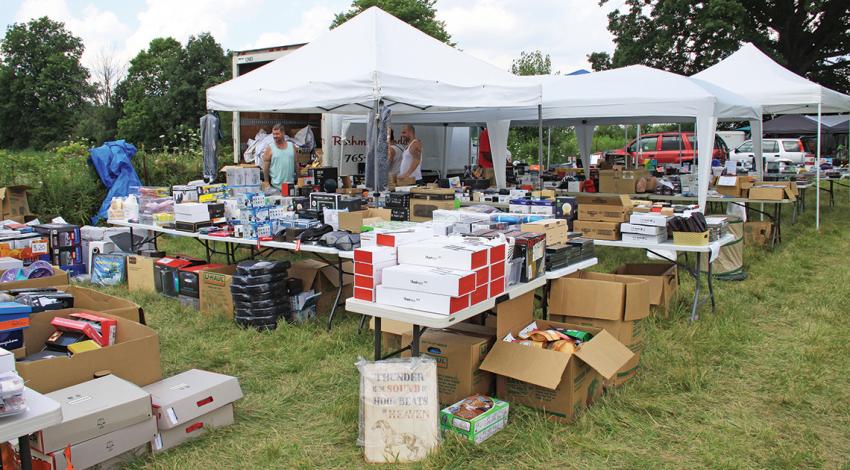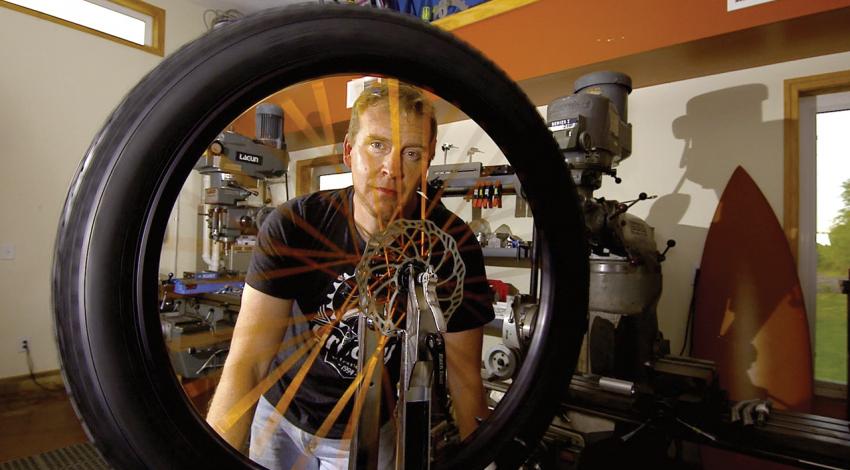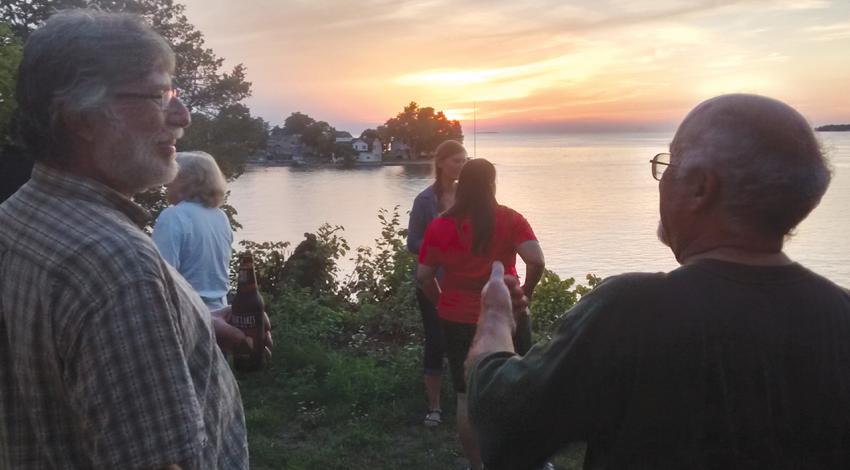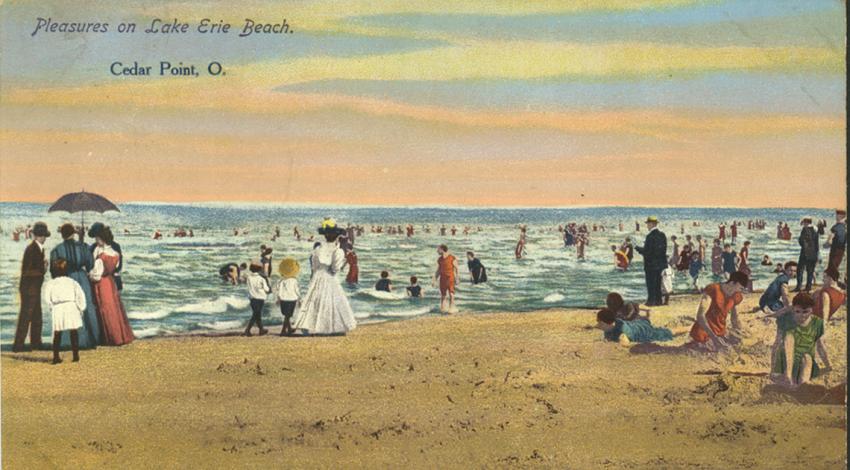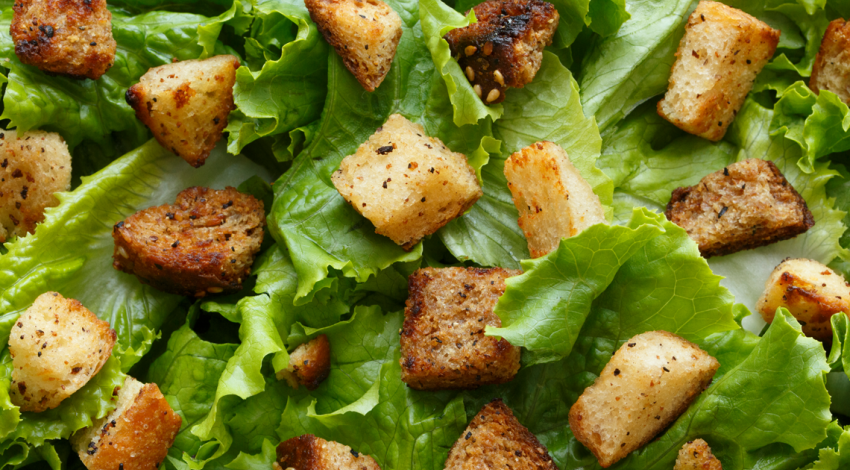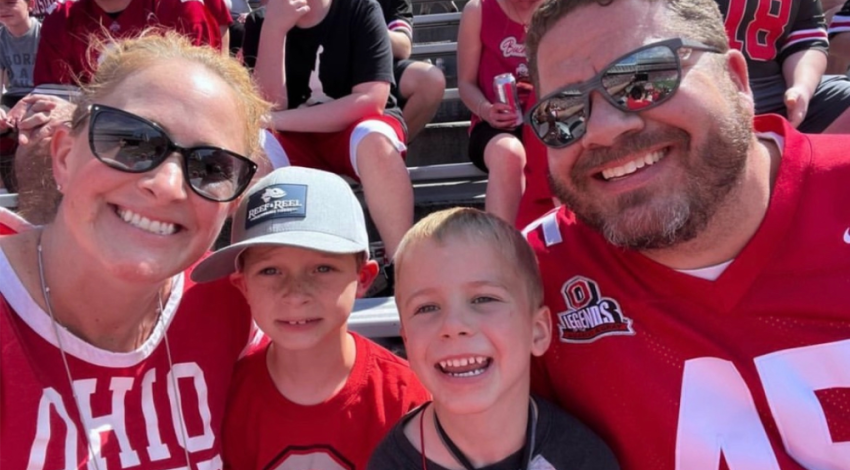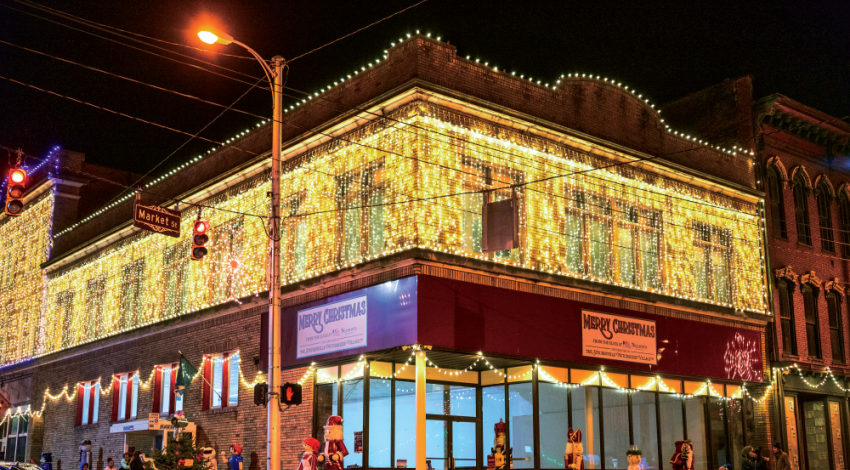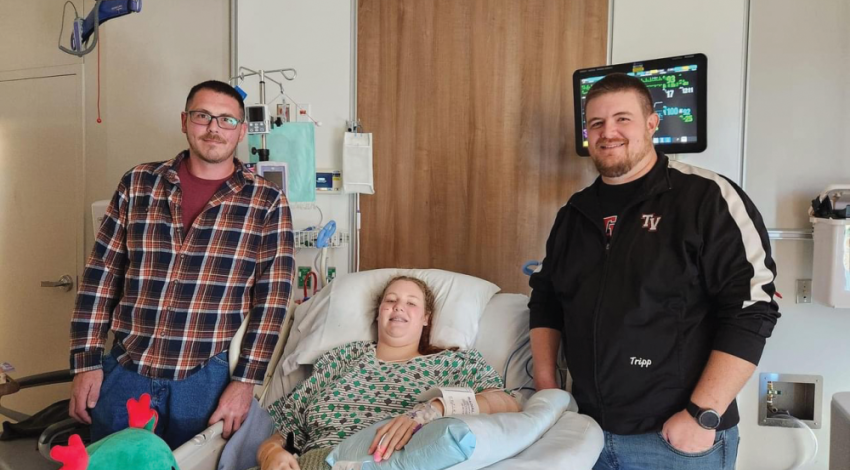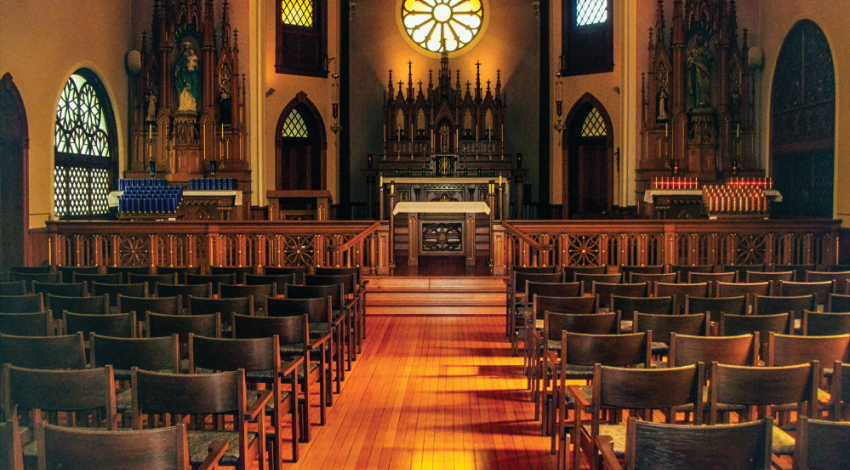After a long, demanding day at work as part of a line crew, some of our electric co-op team members tackle a different sort of assignment. Swapping their hard hat for a coach’s cap, they’re in for a whole new ballgame.
Andrew Ruffing, apprentice lineman at North Central Electric Cooperative based in Attica, sees many similarities between his day job and coaching football. “You’re part of something bigger than yourself. That resonates in both sports and linework,” he says. “You learn to work as a team, to work toward a common goal.”



